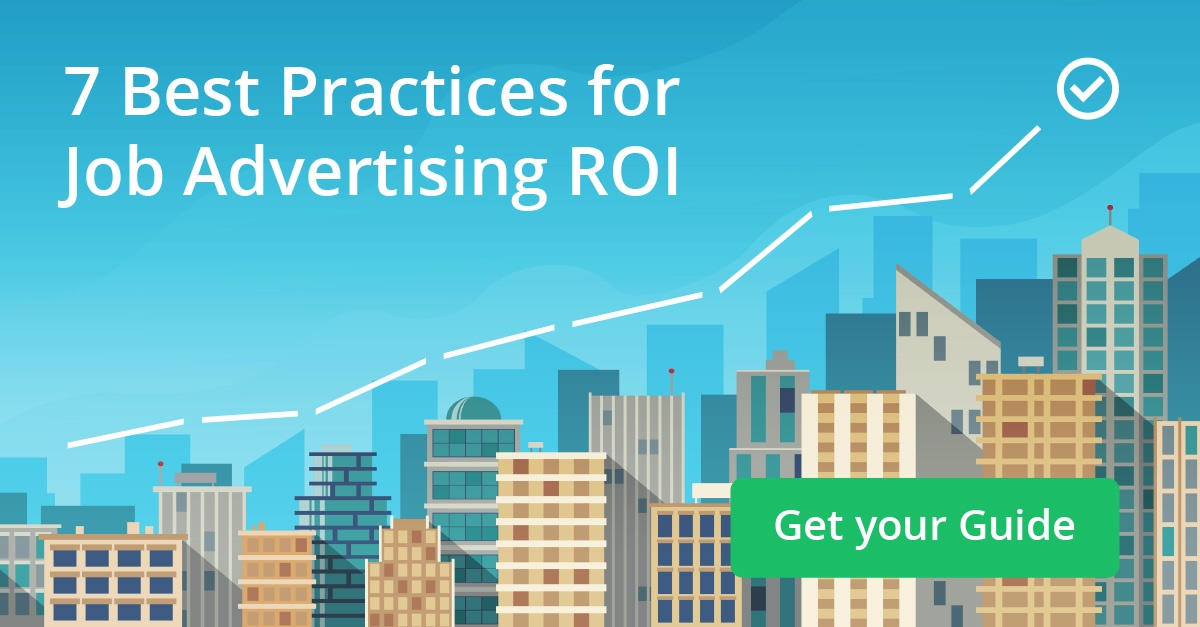Since we started our business in 2014, we’ve tracked billions of job ad clicks and over 600 job ad million applications.
In that time, we’ve been able to pull together a lot of data, and have learned to learn a thing or two about crafting an optimized job advertising process. Here’s what we’ve learned:
1. Set an apply goal for each of your open jobs.An apply goal is the average number of candidates, based on your historical hiring data, that you need to drive for each open requisition to achieve a quality hire. By setting this benchmark, you can proactively eliminate overspending on an excess amount of applicants that you don’t need, while ensuring that each of your open jobs receives the right amount of applies needed to make a hire. One way to set this number is to look at the historical candidates that have been REVIEWED by req type…not the number of actual APPLICATIONS. Recruiters stop looking at applicants once they fill a slate. |
 |
2. Stop advertising on ‘runaway’ jobsThe term ‘runaway’ job refers to those open requisitions that get a vast majority of applies from job seekers, but don’t actually need a high amount of volume to make a hire. Often, most employers don’t need the numbers of applicants that runaway jobs receive. If you stop spending advertising budget on jobs once you have hit your apply goal, as mentioned above, you can then reallocate that spend towards the jobs that need more applicants. |
3. Monitor the jobs that don’t have enough applicants and adjust your strategy.Identify if your jobs are under-performing, broken, or genuinely hard-to-fill, and then adjust your strategy for optimization. Our research has shown that shorter job titles, shorter job descriptions, and an apply time under five minutes deliver higher application rates across the board. |
4. Measure the performance of all your recruitment advertising sources against the same metrics.Ideally, aim to measure the performance of your jobs from all your sources as close to a hire as possible. Cost-per-applicant (CPA) or cost-per-quality-applicant (CPQA) are the two most consistent metrics when measuring performance across all your sources. Ensure that your analysis separates paid and non-paid traffic to most accurately evaluate your candidate. |
 |
5. Cast a wide net.Every publisher in the job site ecosystem has a different performance profile for how well they will be able to deliver the types of candidates you need. By casting a wide net, and experimenting with various different publishers in the marketplace, you can collect data that determines which sites perform well with your job inventory, and which sites do not. |
6. Experiment with your bidding strategy… and beware of mobile application drop-off.If you have a good mobile apply process, the best mobile job sites can produce a plethora of candidate traffic that none of your competitors can reach. In 2017, over 40% of traffic on job sites was from a mobile device. But, mobile visitors had an average click-to-apply rate of only 5.1%. As this number continues to grow year-over-year, it’s important that you ensure your website has an easy apply process to capture as many mobile candidates as possible. |
7. Use automation software to adjust your bids and performance for cost & volume.The time, cost, and human error associated with manual bidding in job advertising is inevitable. It’s important to find an automation solution that allows you to scale your bidding strategy to reach your targeted recruitment strategy goals, and easily manage all your requisitions. Utilizing programmatic technology, which takes the guesswork out of bidding and budget allocation, and automates the work based on rules you set, allows recruiters keep their focus on their candidates, and not on the upkeep of their advertising. |
 |
This is just a simple starting point.
Download our best practices guide for more information on how you can optimize your performance job advertising strategy today.
This post was originally published on February 9, 2017 and has since been updated.



